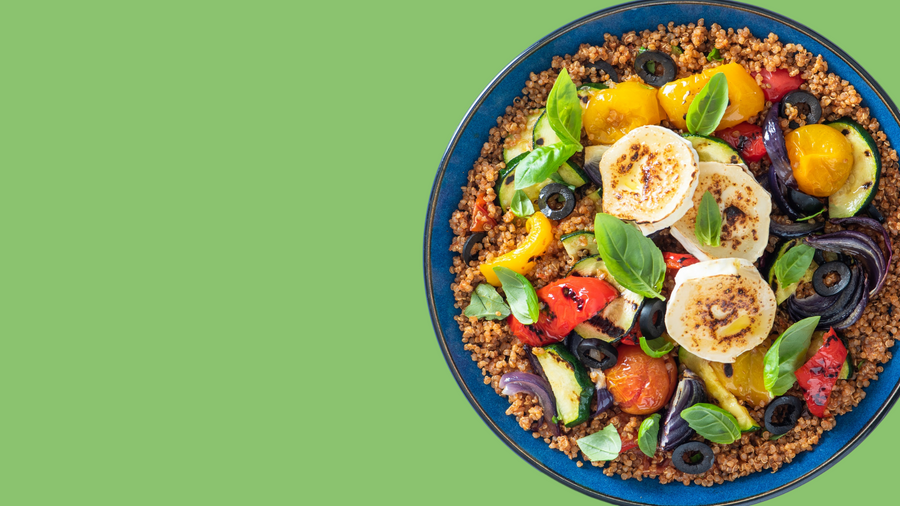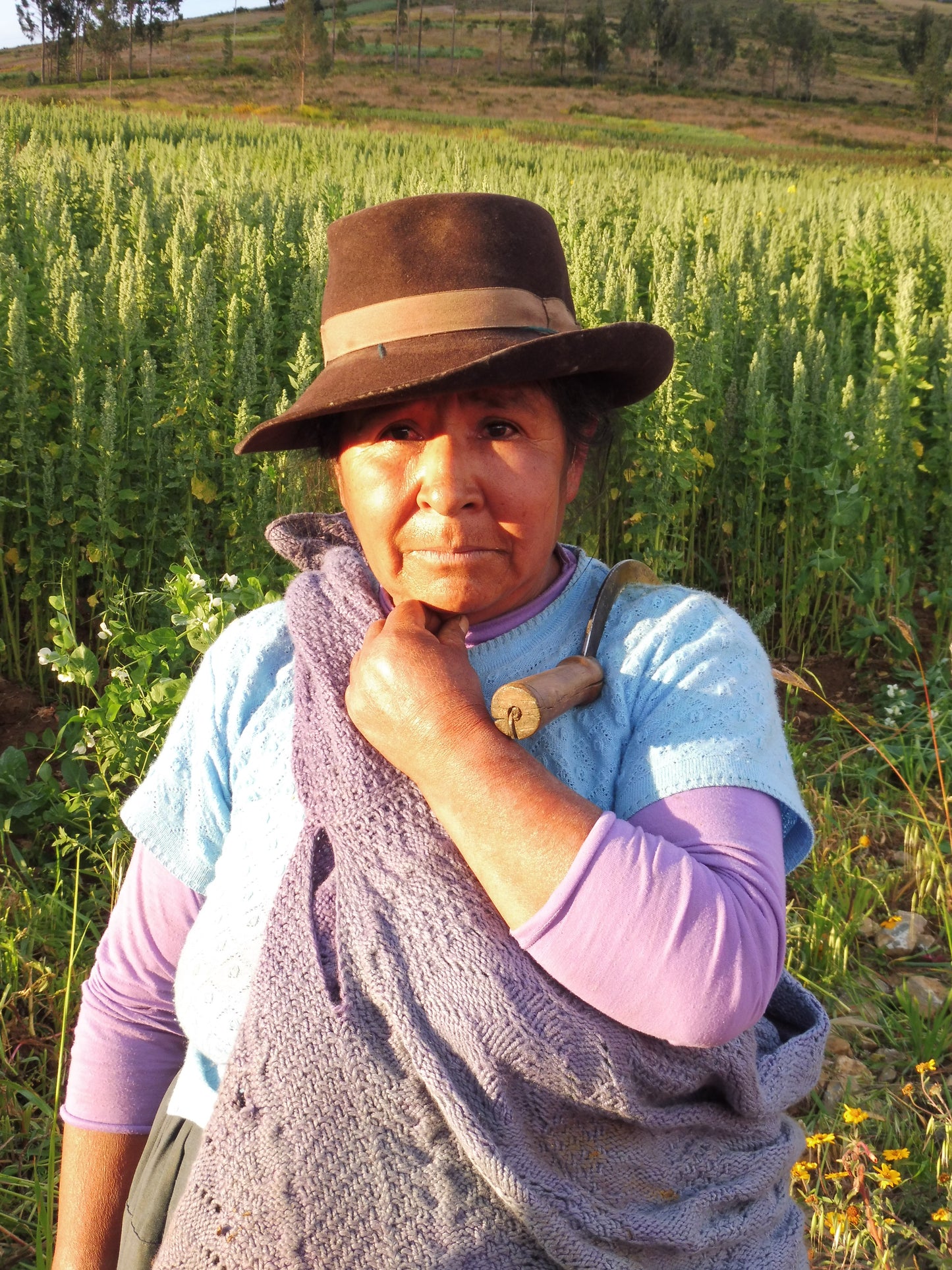Quinola Blog
Find out about what we've been up to, useful tips and info on how eating quinoa as part of a healthy diet helps prevent diabetes.
Find out about what we've been up to, useful tips and info on how eating quinoa as part of a healthy diet helps prevent diabetes.


Higher Quinoa prices: a good thing for our farmers
A well argued article about the benefits of higher prices to quinoa farmers of the Altiplano. It puts the well intention but unrepresentative article, that appeared in the Guardian last week, into perspective.
http://www.slate.com/articles/life/food/2013/01/quinoa_bad_for_bolivian_and_peruvian_farmers_ignore_the_media_hand_wringing.htm
Quinola is the best quinoa of Peru. How so?
Quinola was voted Peru’s best quinoa at Mistura, Peru’s premier gastronomic event. And they should know as the Peruvians eat the most quinoa in the world! But how, you ask? Surely, quinoa is quinoa. Well no. There are over 3000 different varieties of quinoa growing in the Andes, as the crop has never been properly selectively bred like wheat, rice or corn (where genetic diversity has taken a big hit as a result). So much in the same way that you get awful rice you can get some pretty sludgy quinoa. With Quinola Mothergrain you can be assured of the...
Pesticides and the fate of the bees
The strange decline of huge swathes of the bee population in Europe can be put down to the excessive use of pesticides, that are used across the vast majority of European agricultural land. Neonicotinoids, that kill insects via their effect on the central nervous system, are a particular worry. Although they do not typically kill bees outright, they impair the bee’s navigational senses. As such the bees never make it back to their hives and die. For the future of our ecodiversity such practices are quite clearly not sustainable. An obvious answer to this issue would be an outright ban...
Peru bans GMOs
After a long process Peru has finally banned GMOs (genetically modified crops) for at least ten years. Quechua farmers across Peru, like the farmers of Coopain that grow Quinola Mothergrain, have been demonstrating for years to get GMOs banned. As they farm small parcels of land there is a natural resistance to disease, especially as they continue to use a wide variety of food crop strains. Unlike rice where maybe 5 varieties represent the bulk of the global rice crop, in Peru there are literally thousands of quinoa varieties. All have different benefits, whether it be to altitude, lack of...
Recent articles




